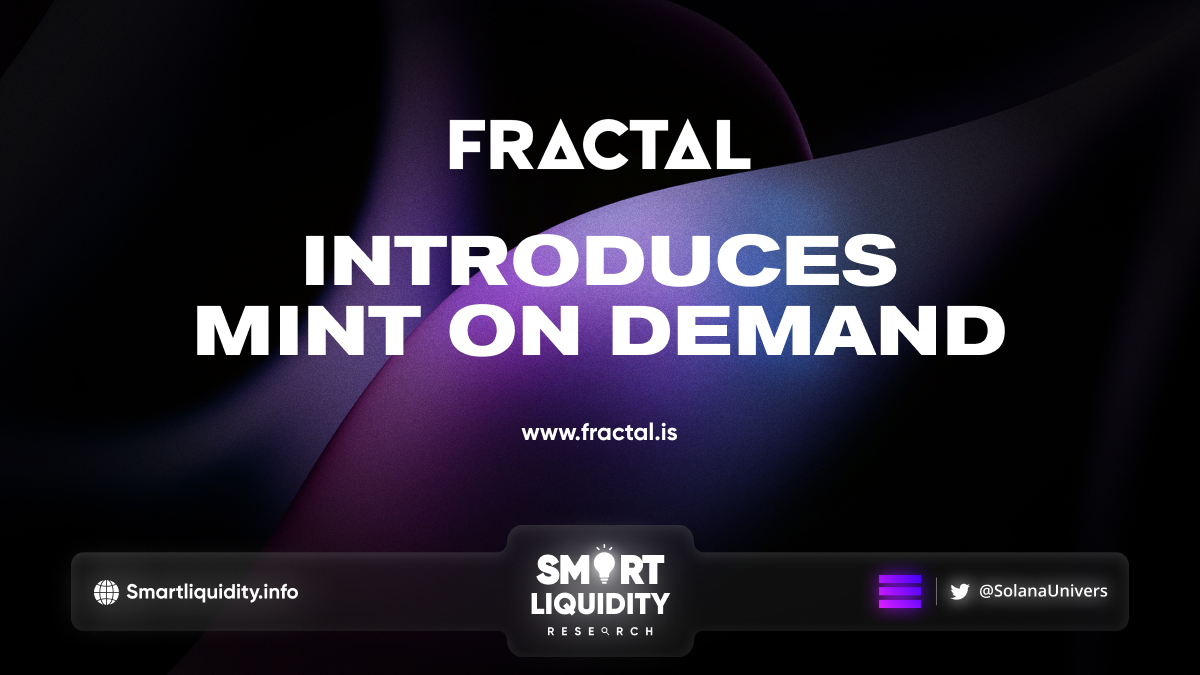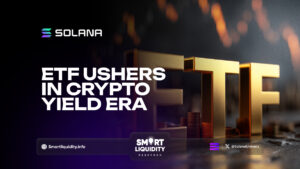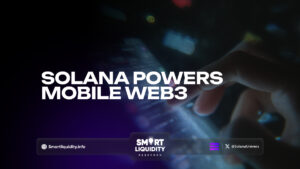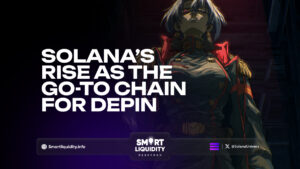Fractal Introduces Mint on Demand


Fractal, a marketplace for in-game assets and virtual worlds on Solana, introduces Mint on Demand functionality.
Fractal introduces “mint on demand” functionality, launching as part of the Fractal Developer toolkit.
One of the many reasons why web3 is appropriate for the gaming use case is that blockchain enables actual ownership of digital goods within a game. Almost everything in a game, from skins to weapons to powers and land, may be purchased, sold, and traded. As a result, games may have millions of assets for sale at any given moment. Putting so many goods on the blockchain can be difficult, both in terms of speed and cost. Despite the fact that current layer 1 chains like Solana are significantly less expensive than their predecessors, the sheer variety of things for sale within a game still poses issues.
Mint on Demand
To address these issues, Fractal is thrilled to offer “mint on demand” capabilities, which will be available as part of the Fractal Developer tools. This feature enables game creators to mint products on the blockchain at the point of sale.
This postpones the expense of minting the item until a player expresses an interest in purchasing it. Rather than defining a collection and paying all blockchain costs up front, minting on demand lets an NFT collection to be built up over time as participants mint things.
Continuous monetization
Mint on demand allows games to generate mint revenue in a smoother and more predictable fashion. Developers can have items for sale inside their game in a virtual storefront, 365 days a year, and slowly and surely sell out these collections over time, rather than rely on periodic “drops” that starve the developer of necessary cash flow to fund development.
New types of assets
Minting on demand may also change the nature of the items being minted. Without this feature, games are incentivized to keep their collections narrowly defined. Now, games can be more experimental in what they make available to mint. There is little risk of failure because there is no cost until a player expresses interest in minting an item. We’ll likely see new and interesting asset types being minted inside games.
Dynamic assets
Mint on demand opens up a lot of interesting opportunities for UGC (user generated content). Because the assets aren’t minted until time of sale, the NFTs themselves can be dynamic, incorporating metadata on the fly based on game-play. For example, perhaps a player unlocks a certain level inside a game. That player can be given the option of minting an NFT that embeds properties of that player into the NFT itself (perhaps the players name), forever memorializing the player who brought that asset into existence.
Furthermore, some games may allow players to customize or construct their own assets. For example, a player may build structures or maps for use inside a game. If some of these items never find a buyer, no harm done. But the items that find buyers will become part of a dynamic and growing collection.
How to get started
More information on how to mint NFTs in-game is available at developers.fractal.is. Once you have your API token, simply specify the metadata of the NFT you want to be minted, and Fractal will return a transaction to mint the new item. To further simplify your workflow, they manage the treasury and update authority wallets on your behalf.
About Fractal
Fractal is a marketplace for in-game assets and virtual worlds on Solana, durable assets that let you do something inside a gaming universe. The Fractal mission is to create an open platform for the free exchange of digital goods.
SOURCE
https://fractal.medium.com/introducing-mint-on-demand-4491c75589dc




